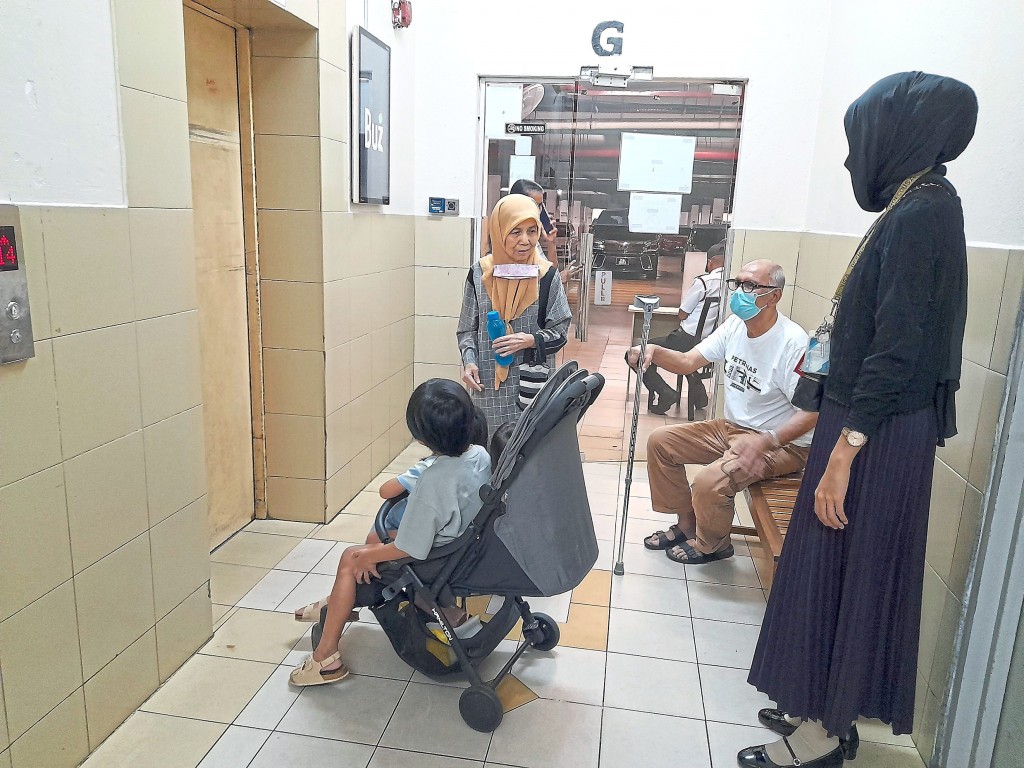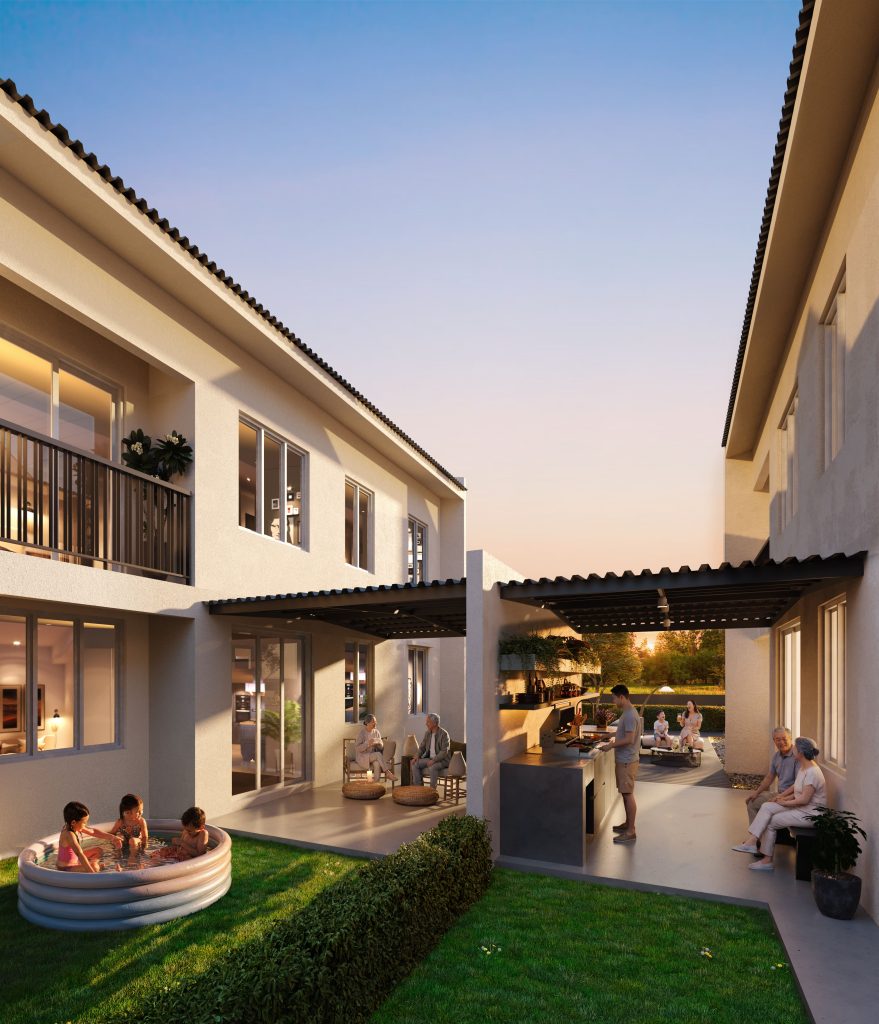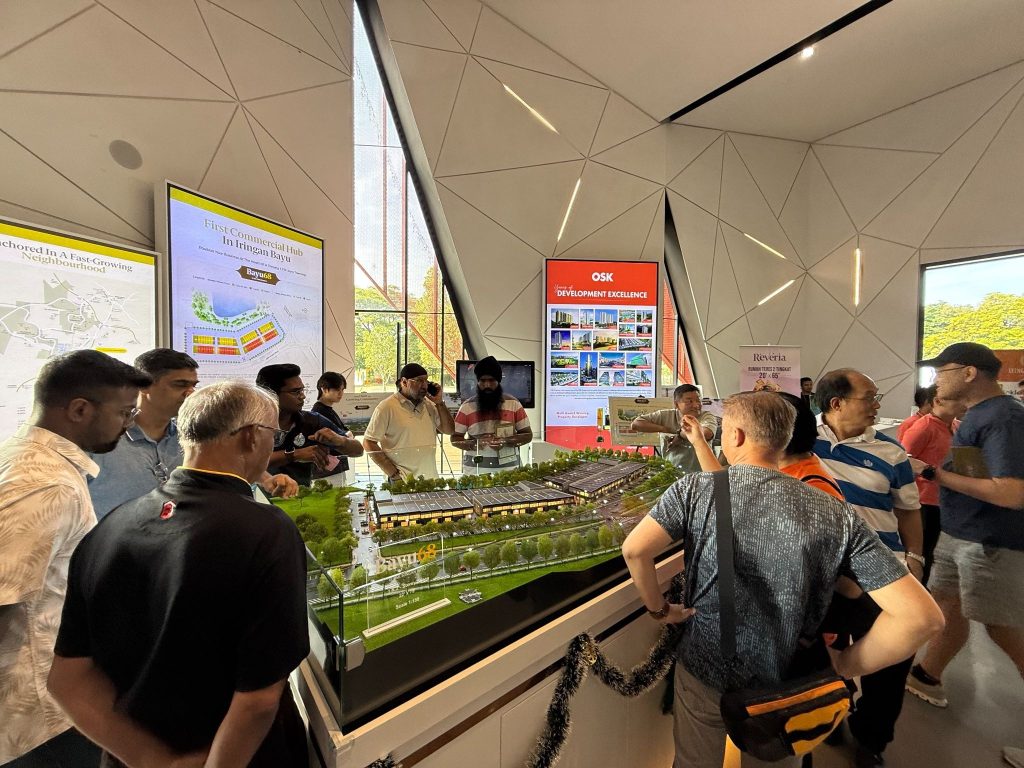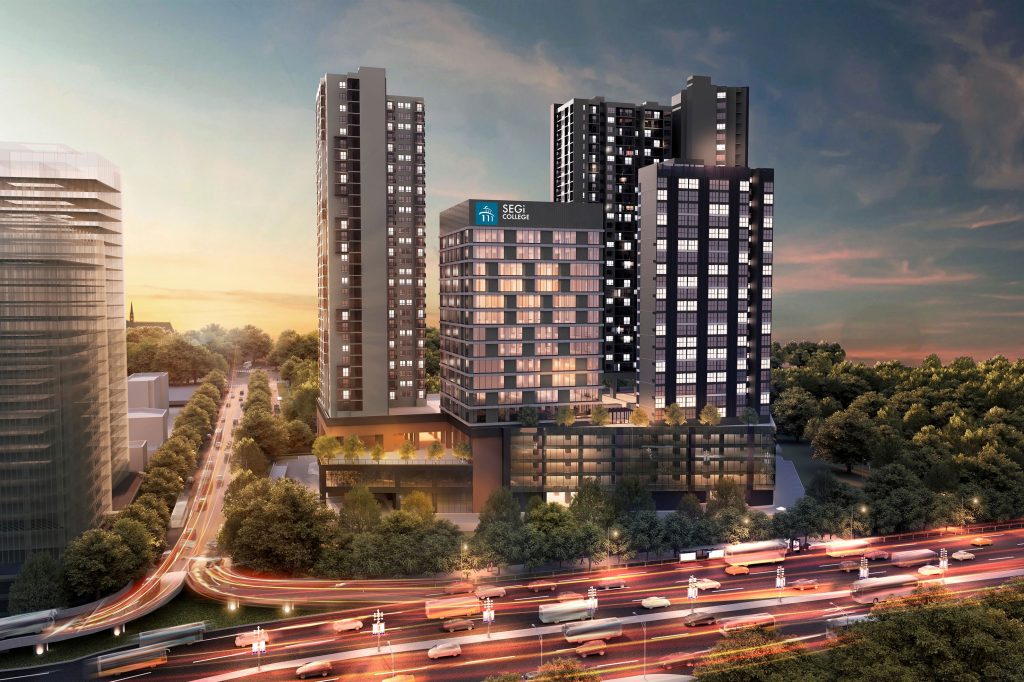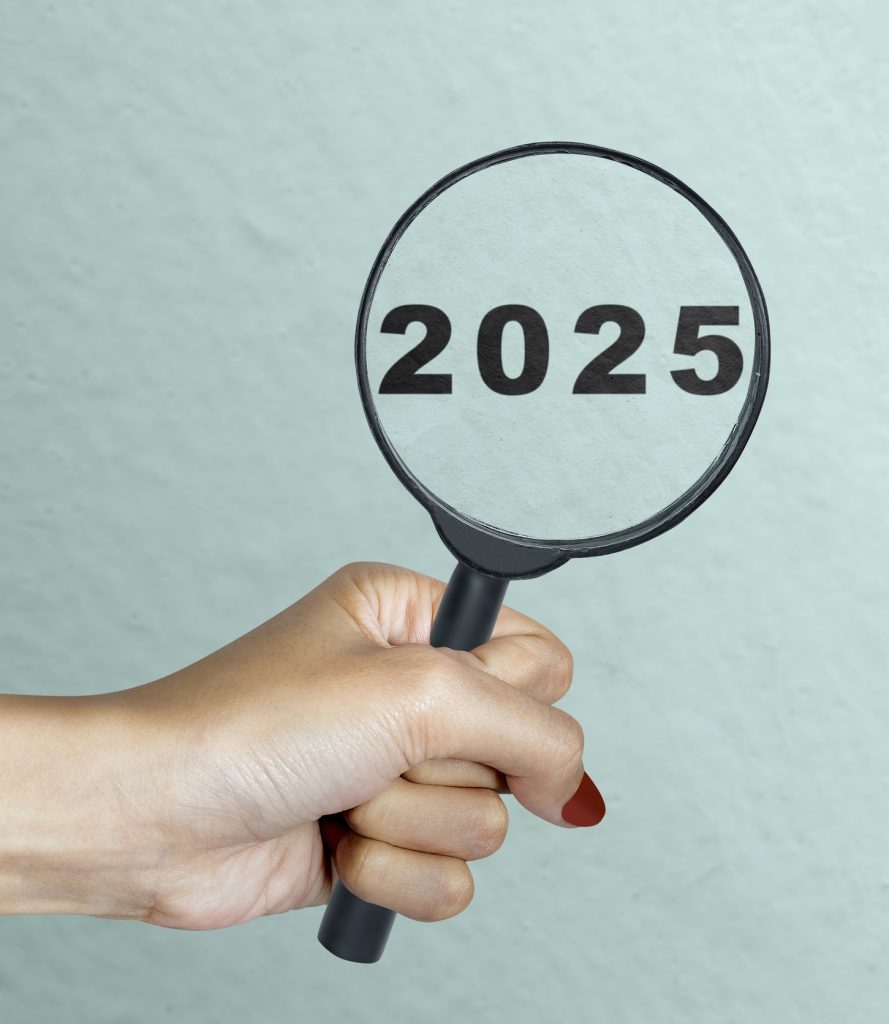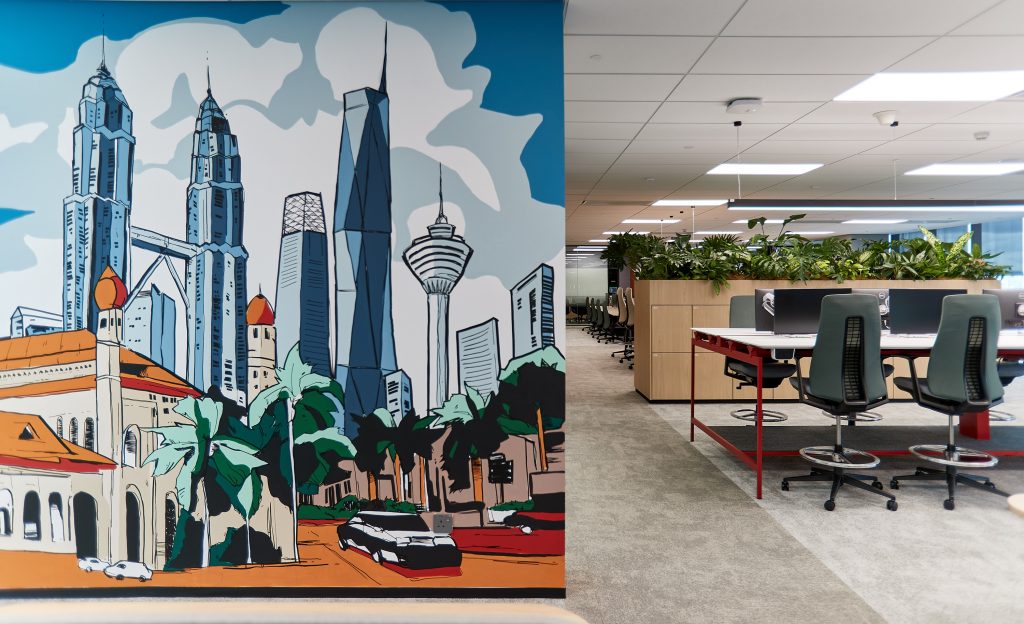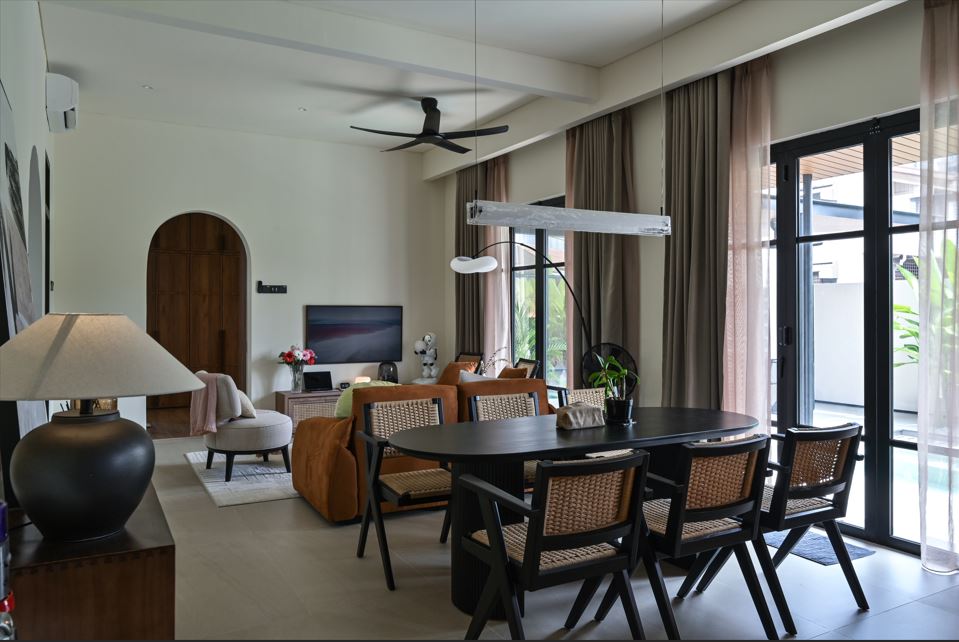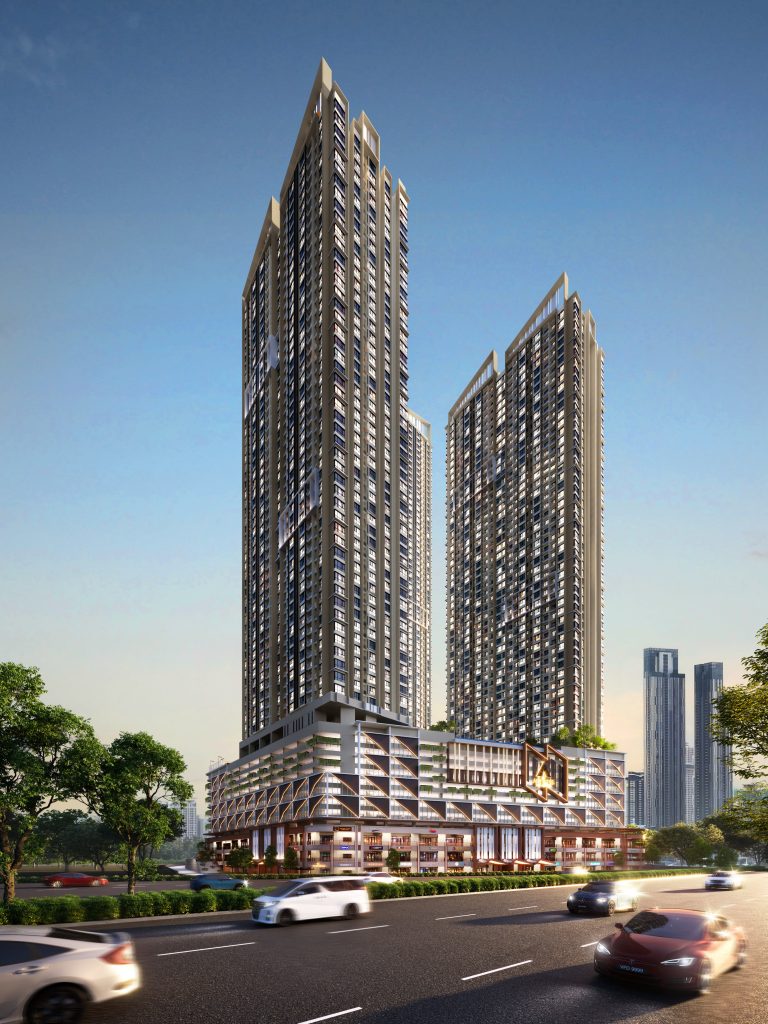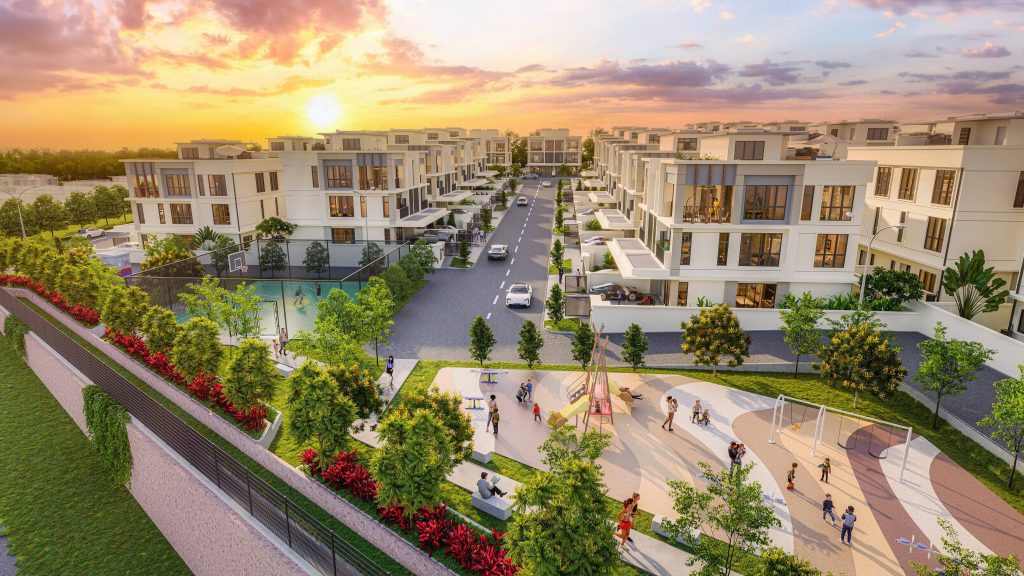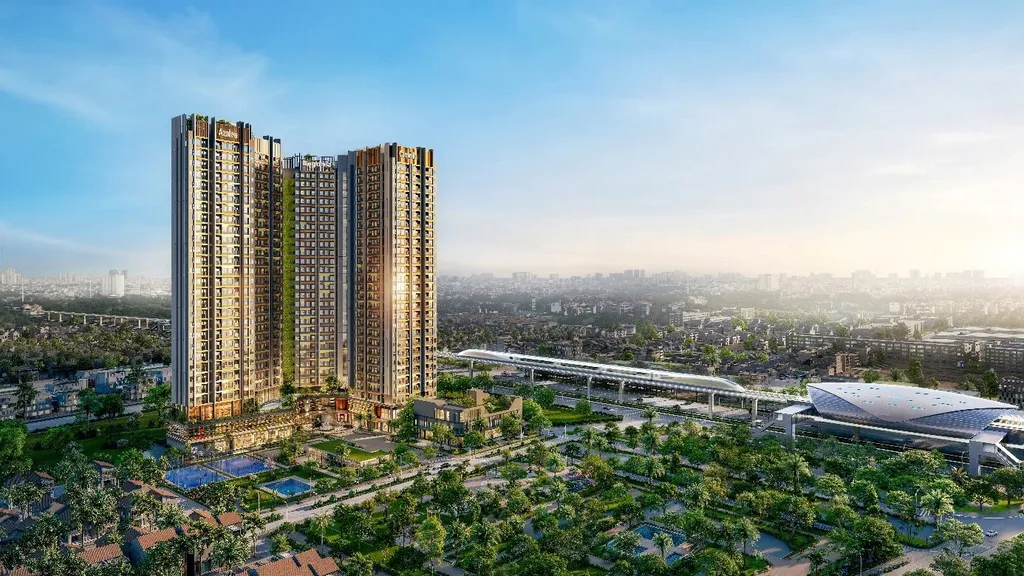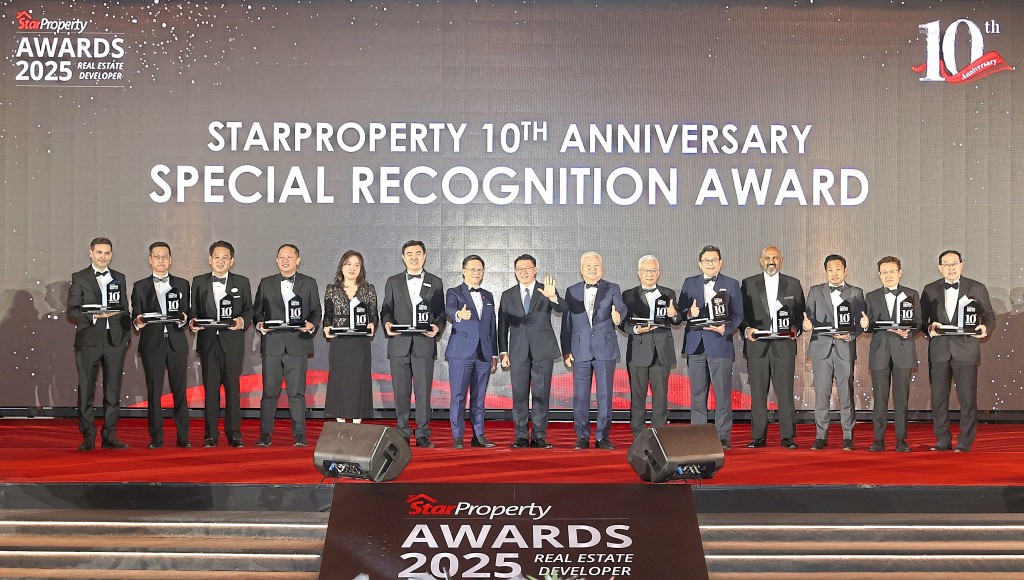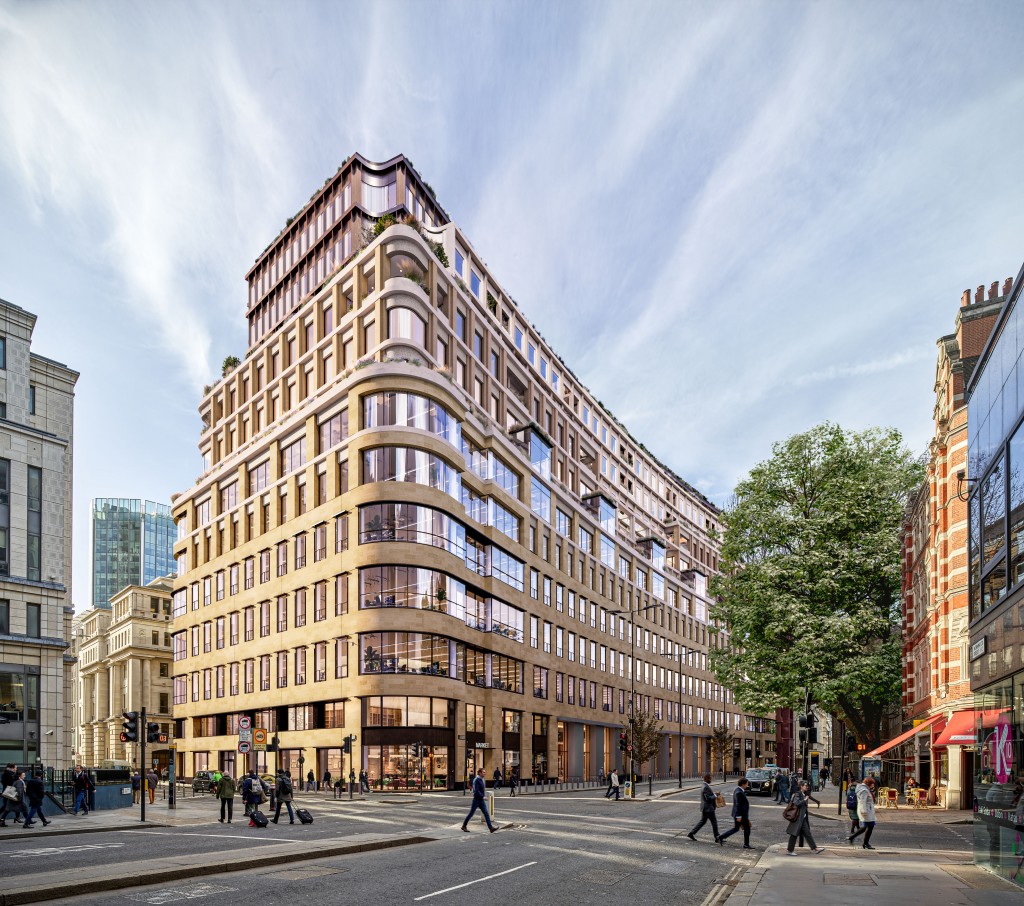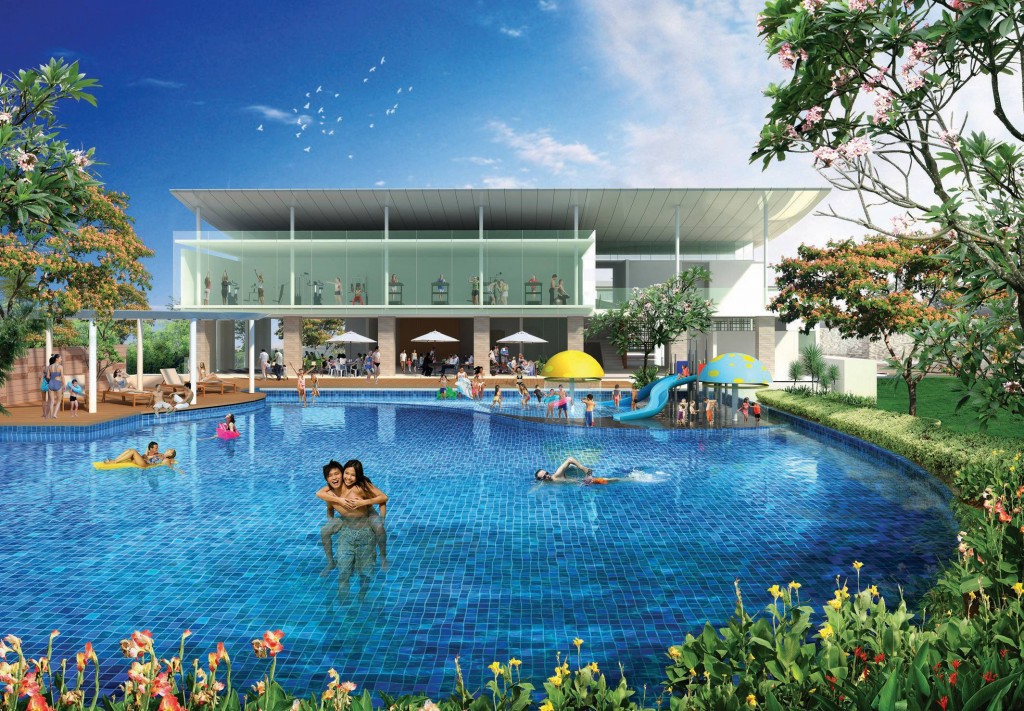As Malaysian buildings go increasingly vertical, the mechanism of a lift can make or break a seamless daily journey. Depending on the property type, lifts can be a daily test of patience. Residents of flats and high-rise condominiums face their own set of issues during the morning ritual, especially when hundreds of people share the same few lifts.
So as Malaysia’s buildings continue to touch the sky, one question looms. What is the ideal ratio between property density and lifts and can those lifts really hold the number they claim to?
All about the lift math
Lift planning is far more complex than it appears. Global elevator specialists such as Schindler emphasise that elevator performance depends not just on the number of lifts but on precise traffic simulation.
Early design analysis helps determine whether a building will feel smooth and efficient or congested and frustrating.
Schindler’s guidelines recommend that a well-designed system should be able to transport 10% to 15% of a building’s population within five minutes while maintaining an average waiting time of under 40 seconds in residential towers.
These numbers are rarely mentioned in marketing brochures, yet they shape how comfortably residents live. In commercial towers, lift planners often design for a maximum of one lift per 40,000 to 50,000 sq ft of office space. For residential buildings, the calculation shifts from floor area to human density. Essentially, how many people will rely on each lift daily? That ratio quietly defines how long residents will wait in the lobby during the morning or evening rush.
Density ratios
While Malaysia has no fixed rule for lift-to-unit ratios as of yet, decades of usage have shown consistent patterns. In public or affordable housing such as the government’s People’s Housing Programme (PPR) flats, it is completely normal to see one lift serving between 80 and 120 units. These lifts often work continuously during peak hours, with queues forming during school and work commutes.
Mid-range condominiums, typically 20 to 30 storeys high, tend to offer one lift for every 40 to 60 units, a ratio that usually keeps waiting times within a minute when properly maintained. Developers of high-end residences, on the other hand, prioritise convenience and exclusivity, often limiting each lift to 20 to 30 units or offering private or semi-private lift lobbies. The most luxurious projects may dedicate one lift per residence, positioning it as both a security feature and a lifestyle statement.
Of course, developers are not opposed to shifting the norm. Urban centres have mid-range condominiums becoming high-rise towers with 20 floors or more. On the other hand, suburban properties in less congested areas could be considered mid-rise, with fewer stories to match lower land densities. Ultimately, building densities and ratios might not be as clear-cut as they seem to be.
These ratios heavily rely on occupancy patterns as well. Unit count certainly plays a role but adding income levels and building height to the mix creates a brand new concoction. Affordable flats, for instance, tend to have higher density per floor and more uniform commuting hours, leading to heavier traffic. In contrast, higher-end developments, with fewer occupants per floor and maybe fewer routines, experience lighter and more predictable lift usage.
Lift legalities
Behind every smooth lift ride lies a neat set of national safety regulations. Malaysia’s Factories and Machinery (Electric Passenger and Goods Lift) Regulations, 1970, which is still in force today, form the foundation of lift standards. Under Regulation 7 specifically, every passenger lift must be designed and constructed to carry the contract load which is defined both by weight and number of persons.
The regulation provides a detailed table linking car floor area to allowable capacity. For instance, a 10-person lift corresponds to a total load of 1,500 pounds, equivalent to roughly 68 kilograms per person. In practical terms, a 15-person lift can safely bear about 1,000 kilograms, though this figure reflects mechanical safety, not human comfort. Passengers naturally require space, especially when lugging bags, groceries or prams, so lifts typically reach their comfortable capacity at around 60% to 70% of their rated maximum.
This distinction is extremely crucial for safety. The regulation guarantees that a lift will not exceed its structural or mechanical limits but it does not dictate how spacious it feels or how long one waits to use it. That stressful grey area between regulatory compliance and user experience explains why residents in many high-density towers still face long queues and cramped rides even when the lifts technically meet the law.
Daily life of lift users
A StarProperty feature titled High-Density Living: Exploring the Upsides, Downsides and Ugliness vividly captures what happens when lift planning falls short. In some Kuala Lumpur developments, residents report queues stretching down the corridor during rush hour, with waiting times exceeding a frustrating ten minutes. The article noted that lift congestion not only disrupts daily routines but can also strain neighbourly relations and erode residents’ perception of quality of life.
Property consultants have observed that a poor lift experience can even dampen property values. A building with beautiful interiors and a prime location can still feel inconvenient if its lifts are slow, crowded or frequently under maintenance.
Balancing space and satisfaction
Developers face a delicate balancing act. Each additional lift increases both construction cost and space requirements, directly reducing the saleable floor area. Studies show that in a basic 40-storey condominium, one extra lift shaft could mean losing precious floor space per level, which is a significant financial consideration. As a result, some developers opt for loopholes such as providing fewer but larger-capacity lifts, assuming bigger cars can handle higher traffic.
But this approach sometimes does not work out. Bottlenecks happen during rush hours anyway, with residents thronging corridors and lobbies and even car park lifts. A minute incident could backlog for hours. Handling capacity is a tricky thing that even experts express difficulty in tackling. Schindler’s planners warn that unless traffic flow is estimated and modelled early, preferably in the design phase of a building’s construction, a lift’s size and speed will never be good enough.
To overcome this, newer premium projects sometimes adopt zoned lift systems, where separate lifts serve lower, middle and upper floors or implement destination control technology, which groups passengers heading to similar floors. These systems can cut waiting times significantly but they are still rare outside luxury developments.
As developers continue to build upward, it may be time to rethink what adequate lift provision really means, not just in terms of compliance or cost but in the lived experience of residents. Because in a city that is seeing so many new buildings cropping up, sometimes the most telling measure of design success is how long people spend waiting to go home.
This article was first published on Starbiz7.
Stay ahead of the crowd and enjoy fresh insights on real estate, property development and lifestyle trends when you subscribe to our newsletter and follow us on social media.

